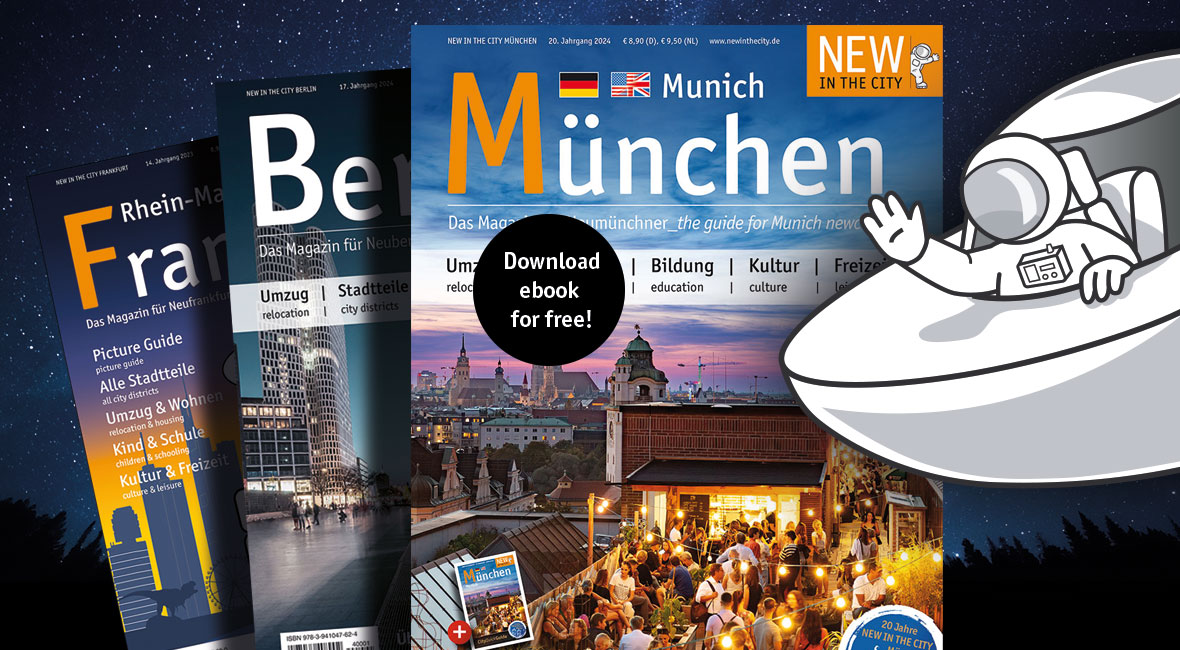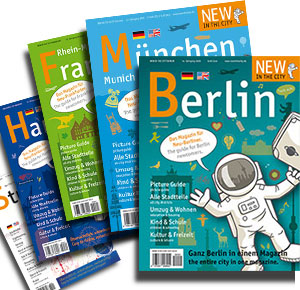Some Bavarians insist that only tourists attend the Oktoberfest in “Dirndl” and “Lederhosn”. But then again, who cares? If you want try and blend in, a genuine Bavarian outfit is an absolute must!
Ladies wear a “Dirndl”, that consists of a skirt, worn with an apron and a matching vest over a white, short-sleeved blouse. White, knee-high stockings, black shoes and a traditional hat, that is smaller than the kind worn by men, are the standard accessoires. Some women wear a tiny vase with real flowers between their breasts. According to Bavarian belief, a Dirndl only looks good if the women wearing it has enough “wood stacked in front of her cottage”, referring to the size of her breasts!
For men the “Lederhosn” are mandatory. These shorts made from deer-skin are sometimes handed down from father to son and grandson. The shorter version, that leaves the knee visible is worn with large embroidered suspenders and so-called “Wadelstrümpf”, a footless sock covering about one third of the calf. The longer version covers the knees and is worn with woolen stockings. In both cases a white shirt, the “Haferlschuah” (cup shoes) and a traditional hat complete the outfit. The latter are often decorated with a “Gamsbart”. This ”goat’s beard" is a bush of long goat-hair that may cost up to several hundred Euros. It is considered a status symbol: the bigger and bushier it is, the richer and more important its owner.
Many Bavarians, especially the ones who live in big cities like Munich, no longer wear traditional clothes. When they go to the Oktoberfest they usually choose the so-called “Landhausmode” (”countryside-fashion") instead, clothes inspired by traditional garb, yet sometimes far from the original designs.
If you want to see genuine Bavarian outfits you shouldn’t miss the “Trachtenumzug” on the first Oktoberfest Sunday (September 23, 2012).
Better come early or reserve a seat on one of the roadside galleries (tickets are available for 35 Euros. Contact
8,700 members of “Trachtenvereine” (clubs dedicated to the preservation of traditional Bavarian clothing) will form a seven-kilometer parade on the streets of Munich. There are countless "Trachtn" variations. Most of these clothes are still handmade. The parade sets off from Maximilanstraße at 10 am. It continues along Residenzstraße, Ludwigstraße Odeonsplatz, Briennerstraße, Amiraplatz, Kardinal-Faulhaber-Straße, Promenadeplatz, Pacellistraße, Lenbachplatz, Karlsplatz-Stachus, Sonnenstraße, Schwanthalerstraße, Paul-Heyse-Straße, Georg-Hirth-Platz, Kaiser-Ludwig-Platz, and reaches the Theresienwiese around 12 o’clock noon.






